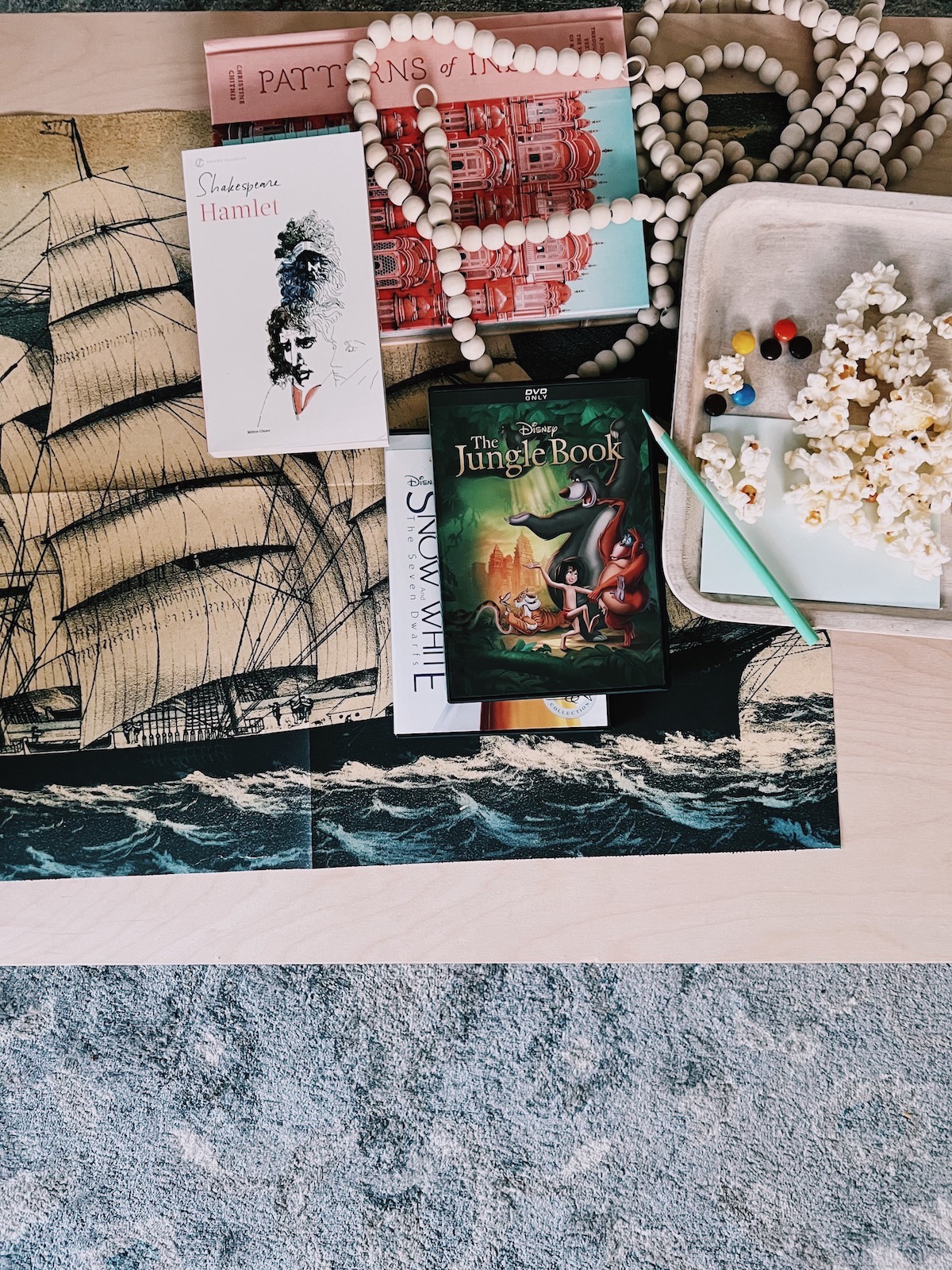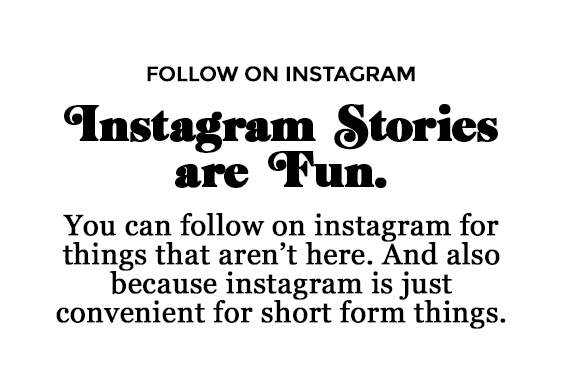I recently read this book; I have to tell you about it. Someone I follow on twitter did a one off retweet and it was so interesting I clicked through to the account and it was the author of this book, Samuel Lively. There’s a lot of vaguely christian movie analysis available, but some of these people are so undiscerning, like the plugged in focus on the family realm. Or, the woke people at the gospel coalition. I’d rather read something by a non-christian analyzing a movie than a person who’s an undiscerning christian analyzing a movie.
So I think the (faithful) christian movie analysis niche is wide open and with Samuel Lively’s twitter I was finding his material well done and accurate, and he had this book called The Trojan Mouse: How Disney is Winning the Culture War. Just that premise, I wasn’t super curious. Jasmine disrespects her dad; we know. I think lots of christians know some disney critiques which are well worn (and valid). But he was seeming wise and insightful enough, I ordered.
I believe a big part of a homemaker’s job is being in touch with the arts. That’s because a particularly feminine quality is beauty – being beautiful and understanding what is beautiful. And art is beauty taking forms. A lot of the homemaker’s work is making discerning judgments about art forms for your family and teaching them to make beautiful choices. Homemakers need to be sharp on this.

THE CULTURE WAR, BUT NOT BORING
Many think of the culture war as two sides, liberals and conservatives, or, christians and pagans, on a tug of war rope. He says that isn’t really what the culture war is, or the best visualization of it. It’s a circle in the middle with a concentric circle around it. The center is the clear moral and social hierarchy of christianity. The pillars are: man over nature, parents over children, patriarch over family, good over evil, order over chaos, and sacrifice over the individual. There’s many terms you could use for the two forces. He chooses the term Loyalists for the center – people loyal to the old dominant order of the west (me). And the outer ring he calls the Revolutionaries. And that is people who hate those pillars and want to ruin them.
The reason an “outer circle” is a better summary of the liberal Revolutionaries than a “side” is because they are a chaotic, macabre group, lacking a unified center. “As the universal fringe, the Revolutionaries are wholly dependent on the center they despise to unite their coalition and define themselves.” They are defined not by what they are for, but by what they are against – God’s hierarchy and order.
THE POWER OF STORYTELLING, BUT NOT BORING
Next he spoke about storytelling, also going beyond just the oft-treaded pontificating about the emotional impact of stories. Quotes:
What makes the lure of entertainment particularly irresistible is that we believe it a risk free experience.
The stakes feel so low as to be non existent; a real thrill ride might risk your life, but what does a moviegoer have to lose (or gain)? But what if I were to tell you that every time we set out in search of a whole new world, we risk leaving our old one behind for good?
The premise of this book rests on the idea stories can and do transform the values and beliefs of the beholder.
We believe that most movies, good or bad, are out of our system as fast as the popcorn and soda that washed them down. Indeed, we probably worry more about the popcorn and soda. But if our bodies are continually remade and reshaped from the food we eat and drink, and they are, isn’t it reasonable to extend that logic to our values and the cultural diet that feeds them?
We think of other or older cultures as the ones that would have a collection of myths that define them, but that is patently true of every culture. We have our meta-narrative. “However much we flatter ourselves, myths, or stories as we more often refer to them, still do the majority of heavy lifting in shaping hearts and minds.” What movies are American?
ERA I: DISNEY’S GOLDEN AGE (I OBJECT TO CALLING IT THAT, BUT)
From there he proceeds to give a FASCINATING history of disney. I previously thought of disney as a mostly monolithic entity, but he illuminates the four distinct eras. It’s a very fun unlocking of a key to see how different the art created was by who was in charge during these four periods.
The first section is the golden age, with Walt. Here’s the main thing to know about Walt Disney.
Religiously, Walt represents so many of the cultural christians of his generation, cool to their parents religious fervor and doctrinal conviction, yet completely devoted to the moral and cultural order they inherited. While he would shrug off his father’s rigorous churchgoing and fundamentalist inclination, he maintained an unshaken reverence for christian faith and morality.
Bambi (1942) demonstrates Walt’s bewildering ways. In one sense, Bambi is a triumph; the main narrative is a boy having a time of nurture from his mother, which he must then leave and learn to grow up under his father as patriarch of the forest. And then, the rest of Bambi hits like a peta press release, distinctly not of the christian order of man over nature. Similarly, Pinnochio (1940) is almost the male complement of Walt’s best achievement, Snow White, but in comes some european folk paganism via the Blue Fairy character.
The worst of Walt’s tenure, and the man himself: too hesitant to be distinctly christian and focused on religious common denominators, technology and education as saviors, Fantasia (1940), and “trust your heart.”
The good of the golden age: villains are women who don’t act biblically feminine, love of small town america, Snow White (1937), patriarchal, heroes have virtues like steadfastness and meekness, Jungle Book (1967), anti-communism, and honoring of domesticity.
ERA II: DEFAULT RATHER THAN CONVICTION
“The new storytellers had almost nothing of value to say.” Among Walt’s other flaws was he didn’t train up a successor. From accounts he was a very proud man. Most films weren’t doing that well and the art output was silly and pointless. They produced The Aristocats, The Black Cauldron, The Rescuers, and Bedknobs and Broomsticks. Sylvester Stallone (Rocky) and George Lucas (Star Wars) were beating disney at providing (generally) Loyalist art as alternatives to the 1970’s boom of Stanley Kubrick and his peers. “Once innovators, then conservators, Disney would now be imitators.”
ERA III: BROADWAY TAKEOVER, THE DISNEY RENAISSANCE
Jewish new yorkers who loved liberal broadway took the lead at disney. Early on they weren’t fully propagandists (as disney is now), but still Revolutionaries rather than Loyalists. It was new york dudes with different muses than Walt, as shown by settings being either new york (Oliver and Company) or exotic.
Enter the villainiest villain of this blog post, Linda Woolverton! She was a full propagandist and feminist. I say “was,” but she is still in the industry, giving us sorrow to look forward to like Maleficient 3 (2023). Before, heroes had Snow White’s admirable traits of forbearance, suffering willingly, and looking to hope for redemption later. Villains were witches and feminists. Then in the 1990’s, Belle and Jasmine’s fathers are impotent and literally tiny. The traits praised are emotionalism, impulsiveness, and hating old tradition. Female leads dress as prostitutes.
[On Beauty and the Beast‘s strategic upheaval of biblical womanhood]: Yet it raised almost no alarms from Disney’s core audience. On the contrary, it was a huge hit, scoring big with Disney faithful and garnering universal critical acclaim. With Beauty, Disney had discovered the perfect formula for reaching even Loyalist audiences with Revolutionary ideas. Using fairy tales gave audiences a story format they loved and trusted. Within the format, Disney could subvert the classic fairy tale elements. The princess heroines could be recast as proud feminists. Revolutionary bogeyman – usually some variation of a patriarch – would serve as villains. The love stories could lose the christian allegory and push the self-realizing and pleasure-seeking take on romance. The most subversive ideas could be packaged into catchy heartfelt songs that would form the soundtrack of American childhood. All these added to the technical innovations (like the spectacular computer enhanced ballroom dance in Beauty), ensure that the experience was too magical to fuss about the Revolutionary ideas underneath.
The worst of the 1990’s disney renaissance: patriarchs are the top target, small towns are a villain (Walt rolls in his grave!), women being modest and deferential is lame, and longings of the heart must be honored. “Redemption only requires returning to your true source of passion.” Heroes do not have to grow or change!
The good of the 1990’s disney renaissance: vocal performances.
ERA IV: GREAT AWOKENING
In the new millennium, the “outer ring” of Revolutionaries have culturally dominated the Loyalist center; they control academia, news, silicon valley, and hollywood. They are by definition outsiders whose existence is to re-write rules. How then can their purpose continue? The answer is to recreate the Loyalist center in a “phantom form.” This is called getting woke. “‘The old patriarchs and prudes might be overthrown,’ the academics declared, ‘but their system and its norms still linger like a toxic cloud! This systemic oppression is bigger than any individual and can persist even when Revolutionaries hold the reins to the culture.'”
Intersectionality, which is poison for your children and cultures, became the Revolutionaries’ king in the 2010’s, kickstarting in film with the feature Wreck-It-Ralph (2012). “As woke mythology is non-spiritual but intensely moralistic, whiteness, with its implicit power, becomes a synonym for vice, and victim status for virtue.”
It continues with Frozen, Zootopia, Moana, the joyless live action remakes, and more, including still a fourth contribution to the Toy Story plot. A quote from Frank Rich, “Most Americans are simply too addicted to entertainment to back up their whining with even the mildest acts of protest.”
EH, PIXAR
Though Pixar’s products would break significantly from the overtly Revolutionary themes of the Renaissance, they would also shirk the Loyalist pillars. The benevolent Higher Power and concepts of good, evil, sin, and redemption would be conspicuously absent. Behind Pixar’s smiling return to American nostalgia and family-focused values would lie a gaping void, a moral and spiritual hollowness.”
Samuel Lively reported John Lasseter (the Walt Disney of pixar) had some kind of, if I’m understanding correctly, perverse level obsession in making inanimate objects come to life? He started out with Brave Little Toaster (1987), and then ran pixar through its incredible string of non-flops. But, he endowed objects with souls in his narratives too incoherently and cavalierly, leading to the “nihilistic abyss at the center of the Pixar universe.” Unlike Pinnochio, where there was a reverence and even worthiness to the creation of a soul, pixar doesn’t seem to think that far. Why is Sid evil and Andy good? Is it wrong to take apart toys you don’t believe are sentient? If Andy is the representation of a god-like figure over creation, he is capricious to the creatures beneath him. Does it matter if they go into the incinerator in whatever one of the movies that happens? (To touch briefly on marvel, the avengers similarly don’t have a lucid explanation for why thanos is evil, because their functioning definition of good is, like thanos, substantially just to save the highest number of lives.)
Until the intersectionality of the 2010’s, pixar seemed singularly focused on their apparent master, sentimentality, and not much more beneath. Toy Story (1995) and Up (2009) are the two (only?) pixar selections I can think of that I really like. I think the nihilism can fit in those two movie’s interpretations, but it doesn’t have to.
CRITICISM I: THE GOLDEN AGE WASN’T GOLDEN
The Trojan Mouse is a five star book. Five star doesn’t mean I think he got everything perfectly, it’s just a tier.
One of the few objections I have is that I thought it was unclear if Lively thinks the golden age was a relative golden age (just disney at its best), but still not great. I don’t think it was golden, very mixed bag. I do not think the company of disney has now morally failed because it got away from Walt (as I think he does?), but rather where disney is now is the predictable conclusion of Walt’s exact problems. His morality was small town and virtuous, but often only ambiguously christian, and most of the time shockingly undiscerning and even syncretist. In my assessment, Walt didn’t get it right, he just mercifully had some good hold overs from his father’s generation.
CRITICISM II: DON’T NOT CHECK THE VULGARITY COUNTS JUST BECAUSE YOU CAN PERCEIVE THE WORLDVIEW
The Hays Code was from a time in hollywood where christianity and patriarchy was still such a bedrock of america, that in the start of the century when the new media form of movies was getting off the ground, the very pagan hollywood executives were like, we have to have christian america on board with this or we will never financially make it. So they *of their own accord* started the Hays Committee, led by a protestant deacon from the midwest to give approval of movies. This was not like what we have now where it’s just clinical ratings of which words and which body parts. The committee analyzed the storyteller’s message and could say what was out and in. That’s almost an unfathomable amount of cultural power for christians to have by comparison to present.
Then Alfred Hitchcock and a few others ignored the Hays Code and made some decidedly grotesque art that was very commercially successful. And thus, the Hays Code was dramatically, and Lively would I think say fatally, reduced to the more sterile rating system we have today which is woodenly letting you know what’s in it without a complex analysis of the message of these storytellers. That’s how you end up with the danger of disney, movies that are maybe “clean” in some ways, usher in horrific worldview to the undiscerning viewer.
He wants to get our car off one curb to not just look at if a movie is “clean” but rather make sure you understand the mythology of its creator. I agree. But so as to not careen into the curb on the other side of the road, I wanted one spot where he acknowledged part of critical consumption by christians is not viewing certain vulgar things in the name of worldview analysis – adults or children. Children’s hearts and minds are so wide open at this time of life and they must be protected appropriately, while I still I agree merely an unintelligent “is-it-clean?” filter system is destructive and inadequate for your family.
— —
Have a meaningful decision making framework for your movie consumption. Read this book. It’s fun. With the acquisition of marvel, star wars, hulu, and 21st century fox, disney has succeeded in “a historic stockpiling of the mightiest arsenal of cultural firepower known to man: what kind of culture will it promote and produce?” I think the company is worthy of some consideration.
What should christians think about disney? Maybe this post was some of my long answer. My personal short answer: remember, they hate you.
This is a link to Samuel Lively’s book, The Trojan Mouse: How Disney is Winning the Culture War, on amazon.


























